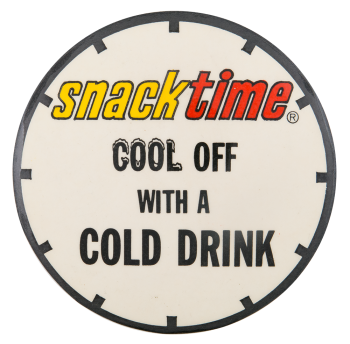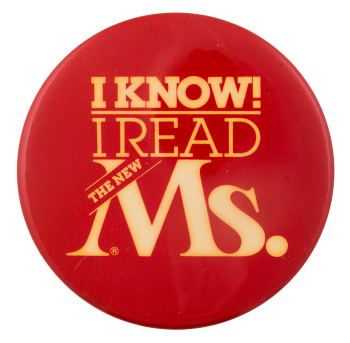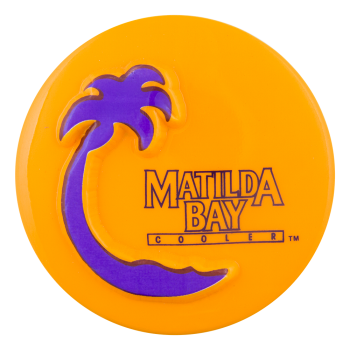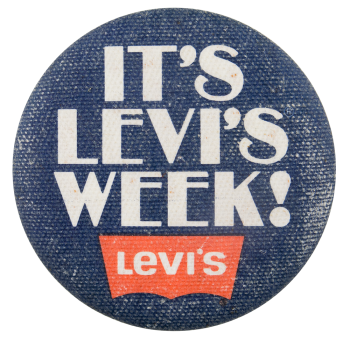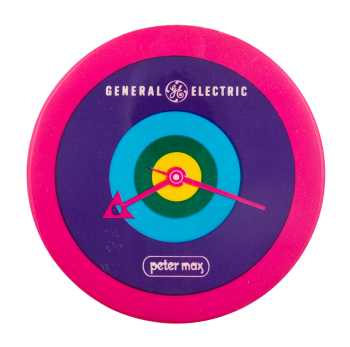Snack Time With A Cold Drink
| Category | |
|---|---|
| Additional Images | |
| Text on Button | snack time COOL OFF WITH A COLD DRINK |
| Image Description | Outer edge has a black outline with black notches like a clock with yellow and red text at the top of the button and black text underneath on a white background. |
| Back Style | |
| The Shape | |
| The Size | |
| Additional Information | Founded in 2001, SnackTime is a vending machine distributor that operates throughout the United Kingdom with their main office located in London. They provide a variety of options, such as snacks, coffee, and water coolers along with cold beverages. |
| Catalog ID | AD0452 |

